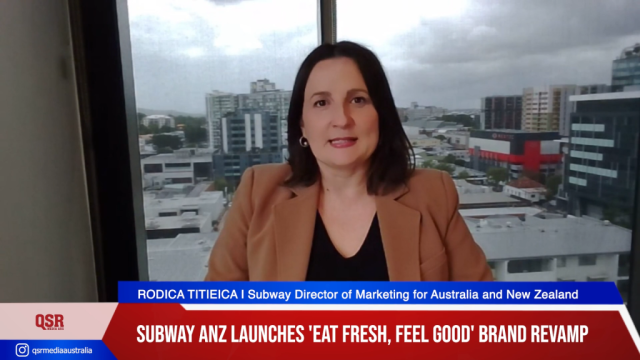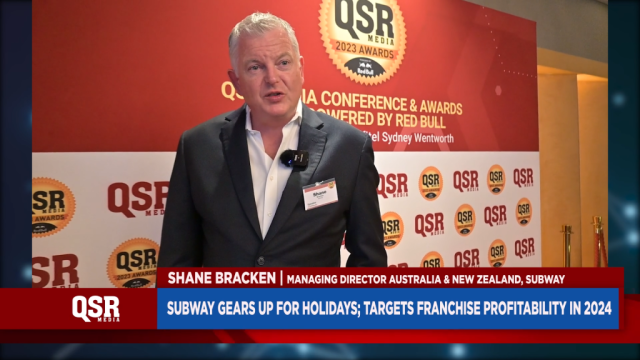Thought Leadership Centre
Most Read
1. Subway completes US$9.6b sale to Roark Capital 2. Soul Origin announces winner of free mortgage for a year 3. Quick-service restaurants lead Australia's plant-based meat rise 4. Weekly Global Wrap: US fast food sales slump; Wendy's menu pricing update; KFC launches perfume 5. Lord of the Fries issues statement on closure of last NSW outletResource Center
Awards
Sep
23
Events
Event News
Event News
QSR Media and Red Bull present 18 awards for outstanding QSRs
Promotions
The awards programme was held in conjunction with the QSR Media Conference.
Promotions
QSR Media and Red Bull present 18 awards for outstanding QSRs
The awards programme was held in conjunction with the QSR Media Conference.
Videos
Partner Sites
Join the community
Thought Leadership Centre
Most Read
1. Subway completes US$9.6b sale to Roark Capital 2. Soul Origin announces winner of free mortgage for a year 3. Quick-service restaurants lead Australia's plant-based meat rise 4. Weekly Global Wrap: US fast food sales slump; Wendy's menu pricing update; KFC launches perfume 5. Lord of the Fries issues statement on closure of last NSW outletAwards
Sep
23





















Commentary
How the new public holiday payment option will impact QSRs
How the new public holiday payment option will impact QSRs
What you must not forget when dealing with Rent, Wages
3 things you must know about the Food Standards Code
Here's what you need to know about crafting a great PR plan
Why Marginal Fast Food Agreement fails BOO-Test hurdle
How to wisely franchise QSRs in Australia
Things you must find out about the latest changes in food labelling
What franchise systems must keep in mind in media training
6 ways franchisees can dodge business failures
La Porchetta underpayments expose brand risk
Here's what you need to know about Industry Trade Shows
4 ideas on what's next for nutrition labelling
Check out the latest QSR innovations everyone's buzzing about
Find out how QSR procurement executives can achieve 'The China Price'
A quick guide to finding the best talent in the market
How bagging awards can boost your company
Why there's no excuse for QSRs to ignore nutrition